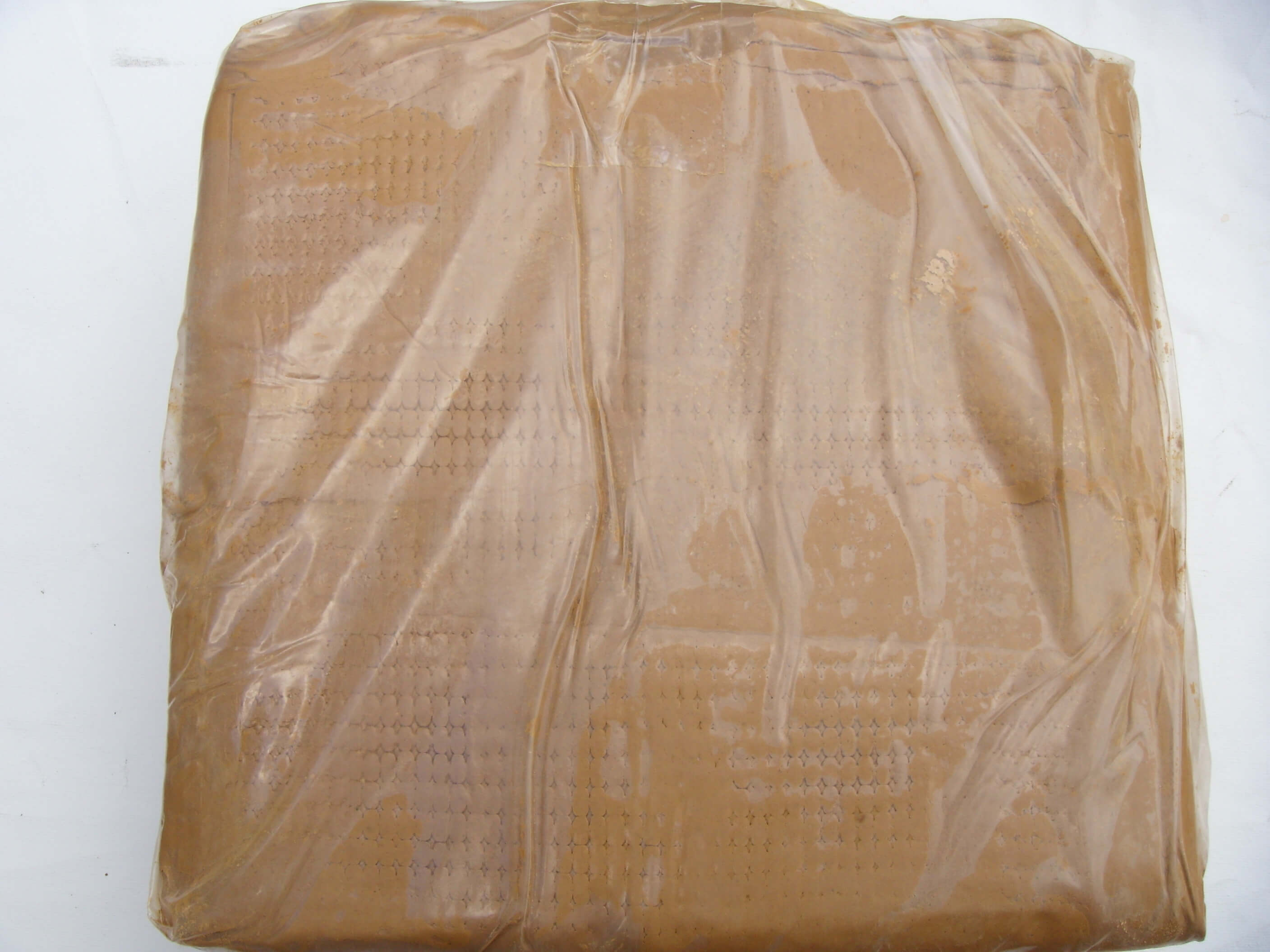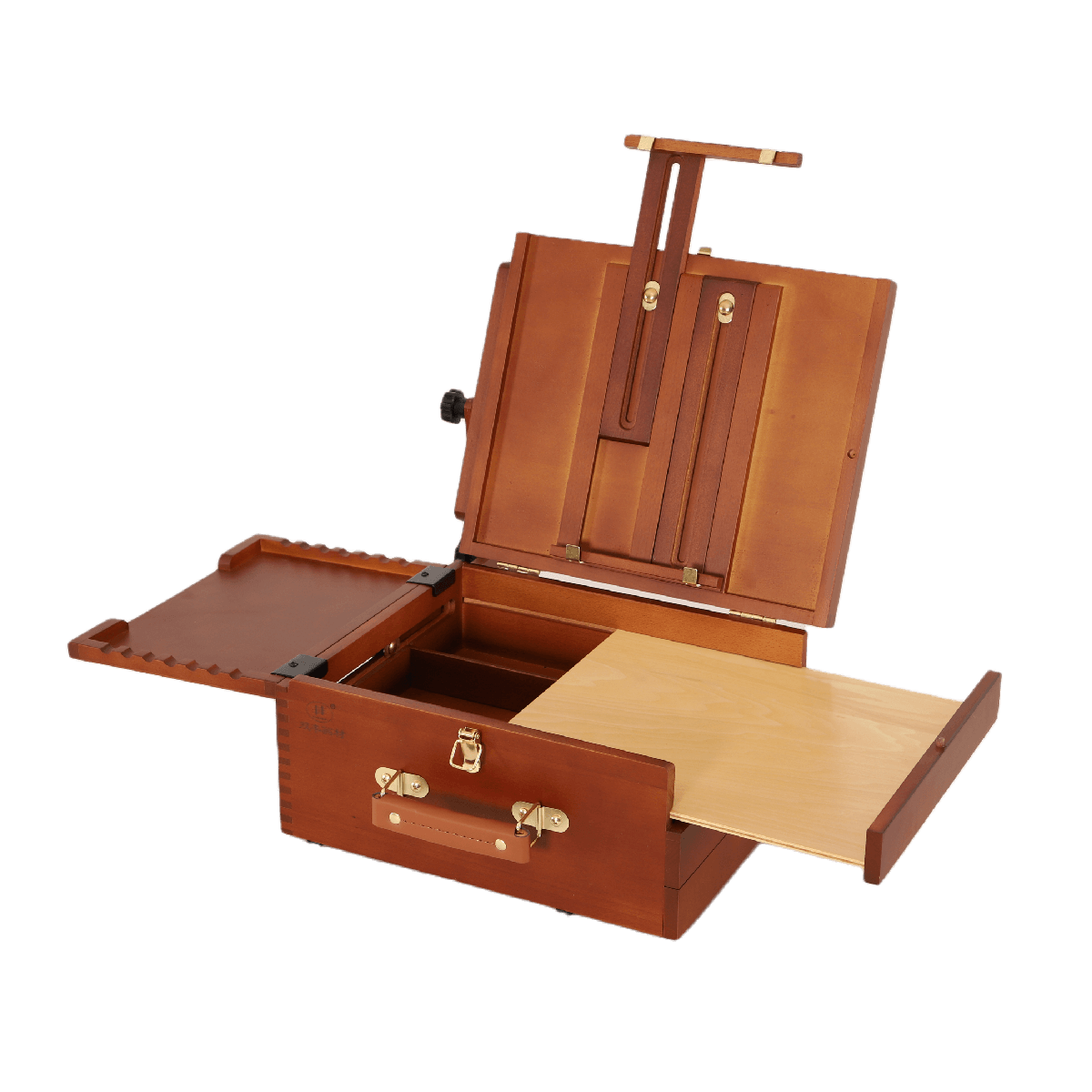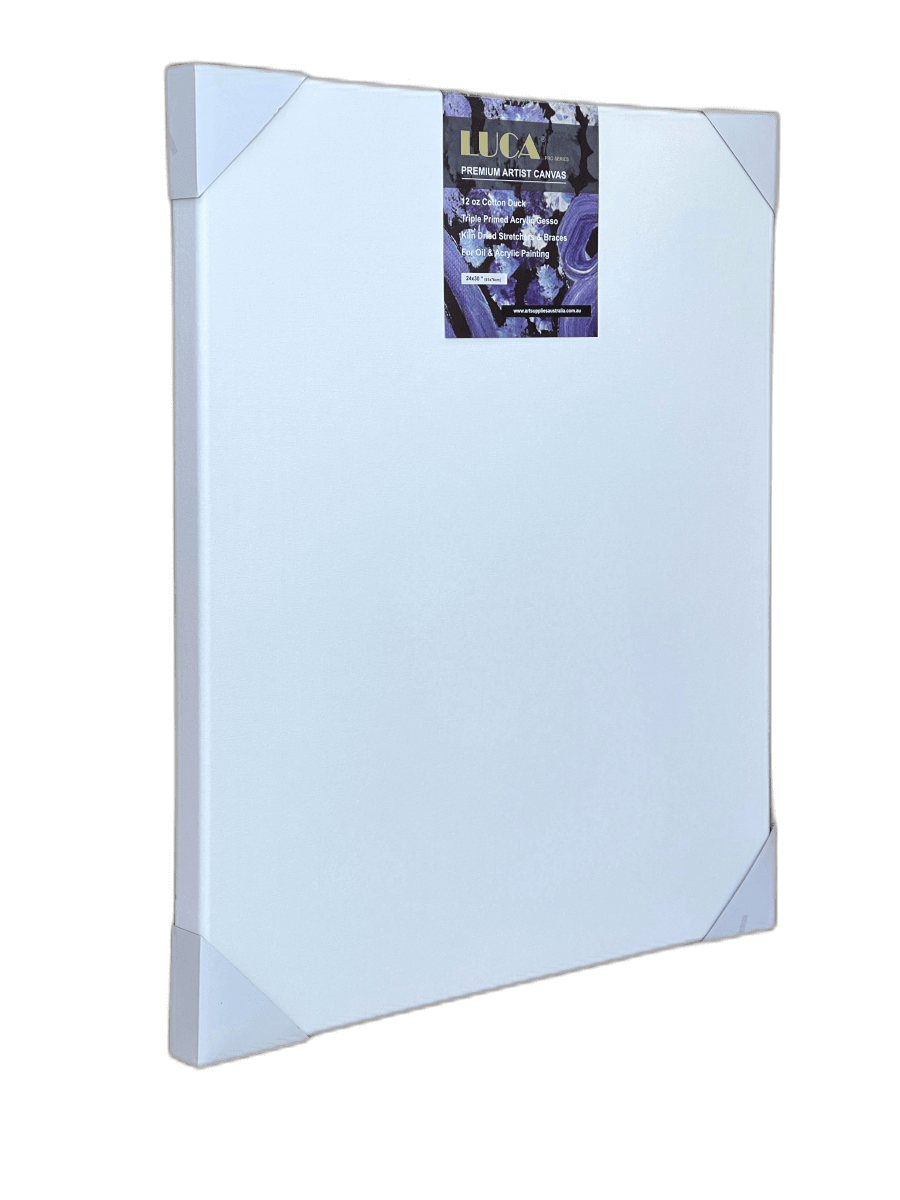Opening an art supply store can be a very profitable business venture. Still, it is essential to do your research beforehand to ensure that you are well-equipped for the challenges of running such a store. There are several initial costs that you will incur when opening an art supply store, so it is essential to have a solid business plan in place and to be realistic about your sales projections.
Why Should You Sell Art Supplies?

There are several reasons why opening an art supply store could be a lucrative business venture.
Reason #1: Art Supplies Are Inexpensive to Stock
The great thing about art supplies is that they are relatively inexpensive to stock. This means that you don't need a large inventory to get started, and it also allows you more room to experiment with different product lines.
Reason #2: Art Supplies Are Universal
No matter where you go, people will always need art supplies like art canvas, acrylic paint, etc. This makes art supplies a universal product line, which can be helpful when it comes to marketing your store.
Reason #3: Art Supplies Are in Demand
People of all ages love to create art, which means there is always a demand for art supplies. If you can find a way to tap into this demand, you will be successful with your art supply store.
How Much Does It Cost to Open an Art Supply Store?

There are several initial costs that you will incur when opening an art supply store. Here is a breakdown of some of the most common expenses:
- Retail Space: You will need to rent or purchase retail space for your store. This can be pretty expensive, so it is essential to do your research and find a location that is both affordable and accessible to your target market.
- Inventory: You will need to stock your store with a variety of art supplies like stretched canvas and canvas boards which can be expensive if you buy them outright. A better option might be to order supplies on consignment, which will allow you to pay for them as they are sold.
- Equipment: You will need to purchase or rent equipment such as cash registers, display cases, and signage. This can be costly, so it is essential to factor these expenses into your budget.
- Marketing: You will need to invest in marketing materials such as website design, advertising, and PR campaigns. This can be expensive, but it is essential if you want to attract customers to your store.
What Type of Products Should I Sell?

When stocking your art supply store, it is essential to choose both popular and profitable products. Here are some tips for choosing the right products:
- Choose Popular Products: When it comes to art supplies, certain products are always in demand. Stick to basics such as paints, brushes, and drawing supplies to ensure that you have a bestselling product line.
- Choose Trendy Products: To stay ahead of the competition, it is essential to on-trend stock products. This could include anything from calligraphy pens to watercolours.
- Choose Profitable Products: Not all art supplies are created equal. Some products sell better than others, so it is essential to choose both popular and profitable products. Do your research to find out which products generate the highest profits.
Products to Sell in an Art Supply Store
- Paint
- Brushes
- Canvases
- Drawing Supplies
- Scrapbooking Supplies
- Craft Supplies
- Art Books
- Framing Supplies
How Do I Get Started?
Opening an art supply store can be a daunting task, but if you follow these simple steps, you will be well on your way to success:
- Research: Do your research and develop a business plan that outlines your goals, strategies, and financial projections.
- Apply for Licenses: To operate an art supply store, you will need to obtain the appropriate licenses and permits from your local government.
- Find a Location: Choose a location for your store that is affordable and accessible to your target market.
- Order Supplies: Once you have chosen your products, order them on consignment so that you don't have to pay for them upfront.
- Market Your Store: Invest in marketing materials such as website design, advertising, and PR campaigns to attract customers to your store.






